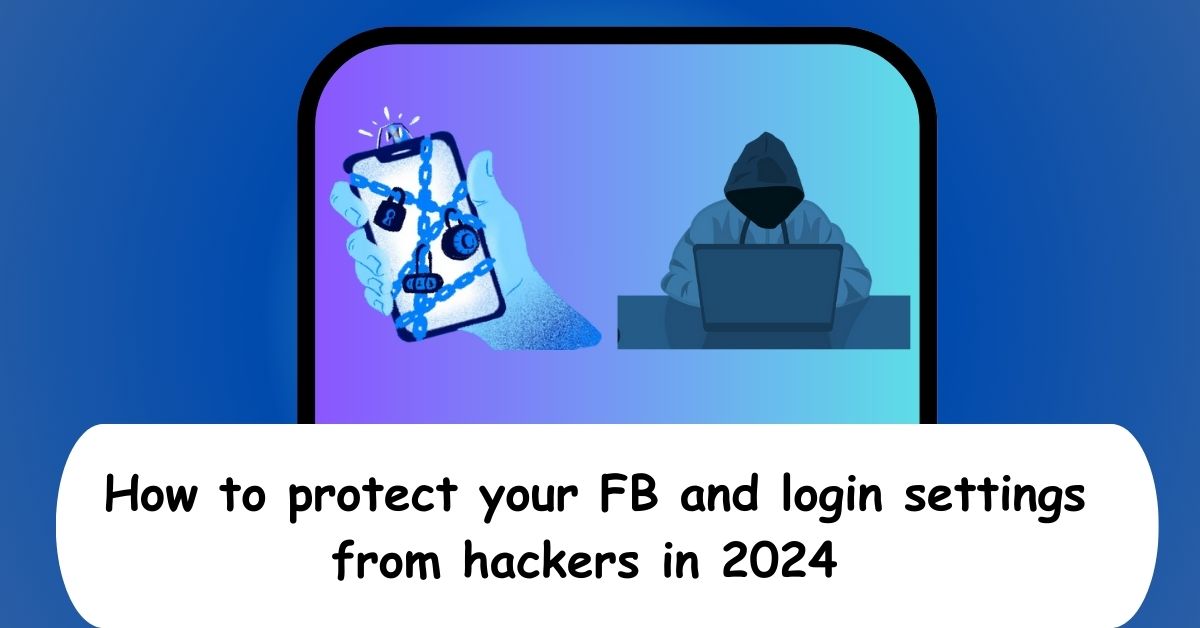In an era where our online presence is integral to our lives, ensuring the security of our social media accounts is paramount.
Facebook, being one of the most widely used platforms, provides robust security features to protect your account from potential hackers.
Let’s delve into Facebook Security & Login Settings to fortify your account against unauthorised access.
Step 1: Accessing Security & Login Settings
Begin by logging into your Facebook account. Once logged in, navigate to the top right corner, click on the small arrow, and select “Settings & Privacy.” From the drop-down menu, choose “Settings.”
Step 2: Security & Login Section
On the left-hand side of the Settings page, locate and click on “Security & Login.” This section is your hub for managing various aspects of your account security.
Step 3: Two-Factor Authentication (2FA)
Enable two-factor authentication for an extra layer of security. This feature requires you to enter a code sent to your mobile device in addition to your password, making it significantly harder for hackers to gain access.
Step 4: Login Alerts
Activate Login Alerts to receive notifications whenever your account is accessed from an unrecognised device or location. This allows you to take prompt action if there’s any suspicious activity.
Step 5: Trusted Contacts
Consider setting up trusted contacts. These are friends you trust to help you regain access to your account if you ever get locked out. Choose friends who you can rely on in case of an emergency.
Step 6: App Passwords
If you use third-party apps connected to your Facebook account, generate app passwords. This way, even if a specific app is compromised, your main password remains secure.
Step 7: Reviewing Active Sessions
Regularly review the list of devices and locations where your Facebook account is currently active. If you notice anything unfamiliar, it could be a sign of unauthorized access.
Step 8: Secure Browsing (HTTPS)
Under the “Security & Login” settings, ensure that “Secure Browsing” (HTTPS) is enabled.
This encrypts your data during transmission, preventing it from being intercepted by potential attackers.
Conclusion:
By taking a few minutes to navigate through your Facebook security & login settings, you can significantly enhance the protection of your account.
Regularly updating your password, enabling two-factor authentication, and staying vigilant against suspicious activity are key components of maintaining a secure online presence.
Have you encountered any security issues on Facebook, or do you have additional tips to share? Feel free to share your experiences and insights in the comments below.
Let’s collectively contribute to a safer online community!
